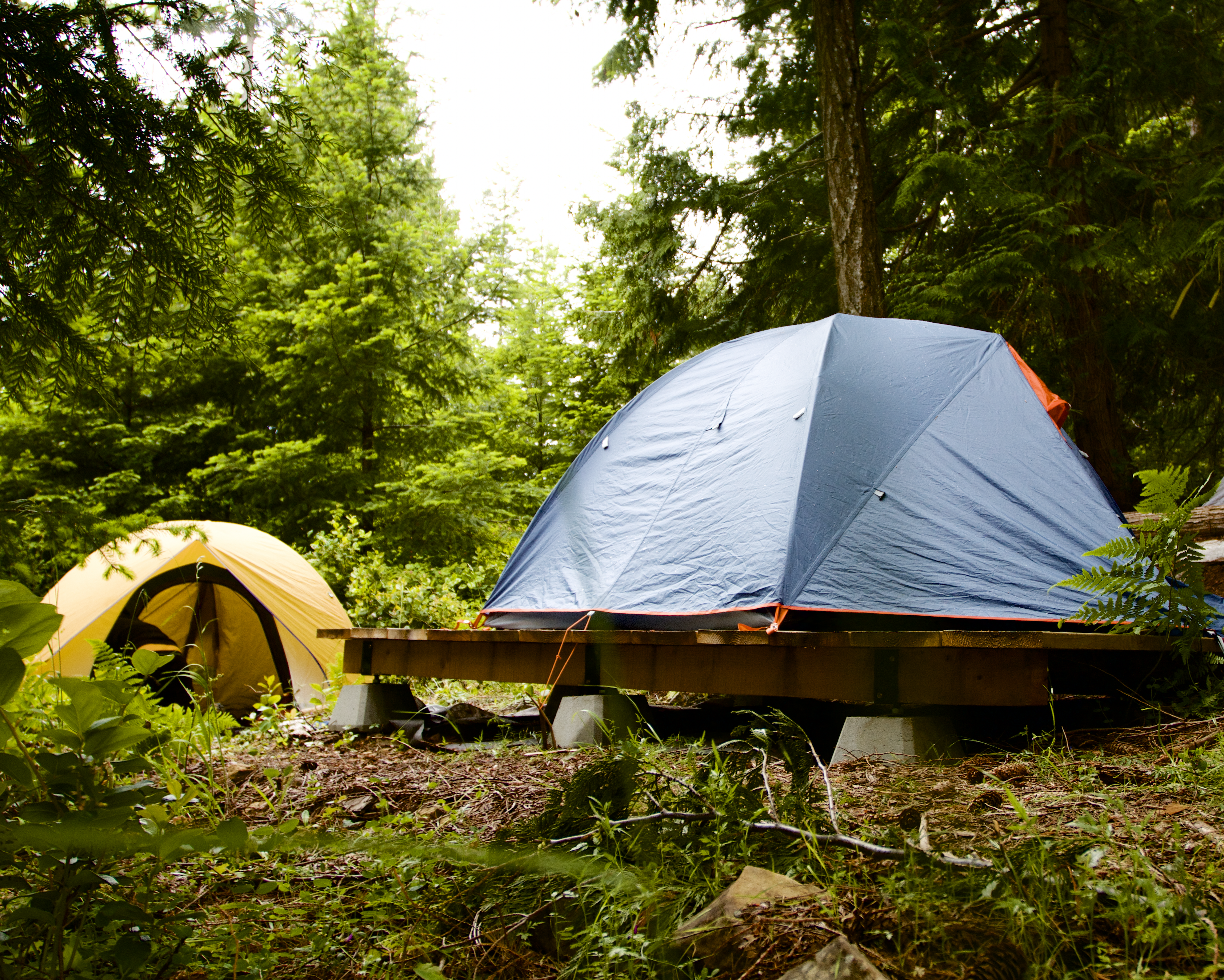Climate Action | December 12, 2025
Recap of the 6th Annual Feed the People workshop
On November 1st and 2nd of this year, Galiano Conservancy staff and volunteers…
Read MoreFeed your curiosity and build lifelong memories with immersive field trips on Galiano Island. We offer flexible single day and overnight options, with diverse BC curriculum-linked content that we have developed over more than two decades
Boost your skills, further your studies and pursue your dream environmental career. Gain professionally-relevant, hands-on field experience with custom post-secondary courses, seasonal employment, internships and volunteer opportunities.
Educational “Galiano Getaways” for adults! Learn from local environmental experts and knowledge holders. Build skills rooted in community-building, environmental stewardship and climate action.
Extend your educational experience on Galiano Island. Choose from the deluxe Frontcountry Campground or the rustic Backcountry Campground, both located at our private and quiet 188-acre Millard Learning Centre property. Plus, rent our camping gear if you don’t have any.
Trip leaders for K-12 field trips and post-secondary programs will be asked if they would like to book the GCA bus during their booking process. Bus service fees will be added to their invoice accordingly.
Please note that adult workshop participants are responsible for their own transportation.
For special events bus service requests (not related to GCA education programs) please contact our office 250-539-2424 or info@galianoconservancy.ca for more information.

We are now booking field trips! Three ways to book:
Commonly asked questions about the youth, post-secondary and adult programs we offer.
Information about ferry travel, local transportation and GCA school bus rentals.
Check here for the latest updates from our education programs!
On November 1st and 2nd of this year, Galiano Conservancy staff and volunteers…
Read MoreThe Galiano Conservancy Association’s Restoring the Balance (RTB) initiative has had an exceptional inaugural…
Read MoreHelping your child put the finishing touches on their very first drum. Building an…
Read MoreContact our Education Coordinator
10825 Porlier Pass Road Galiano Island BC
Monday to Friday (9:30AM to 4PM)
Follow Us: